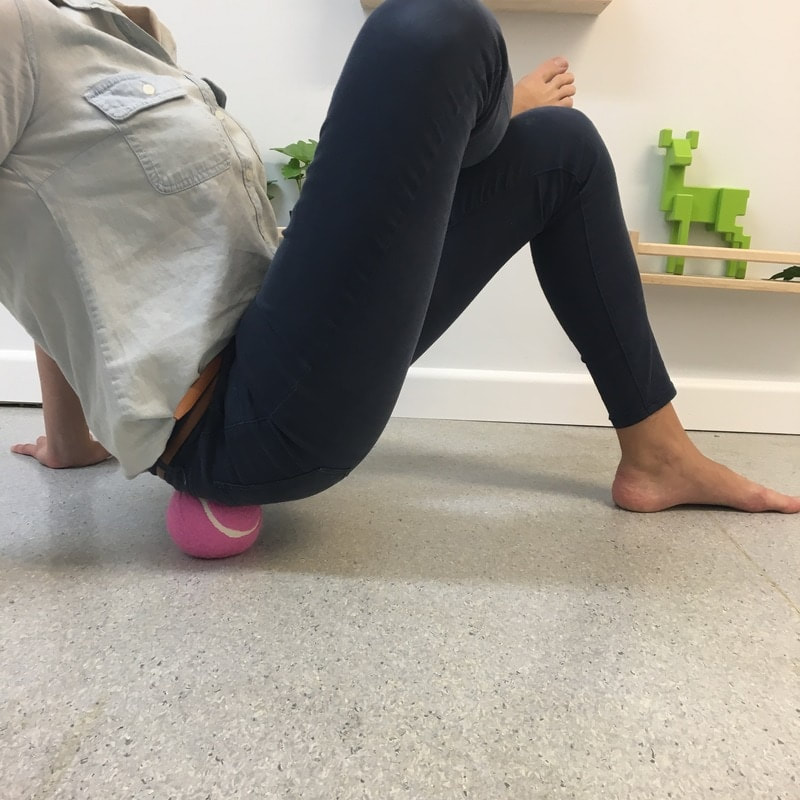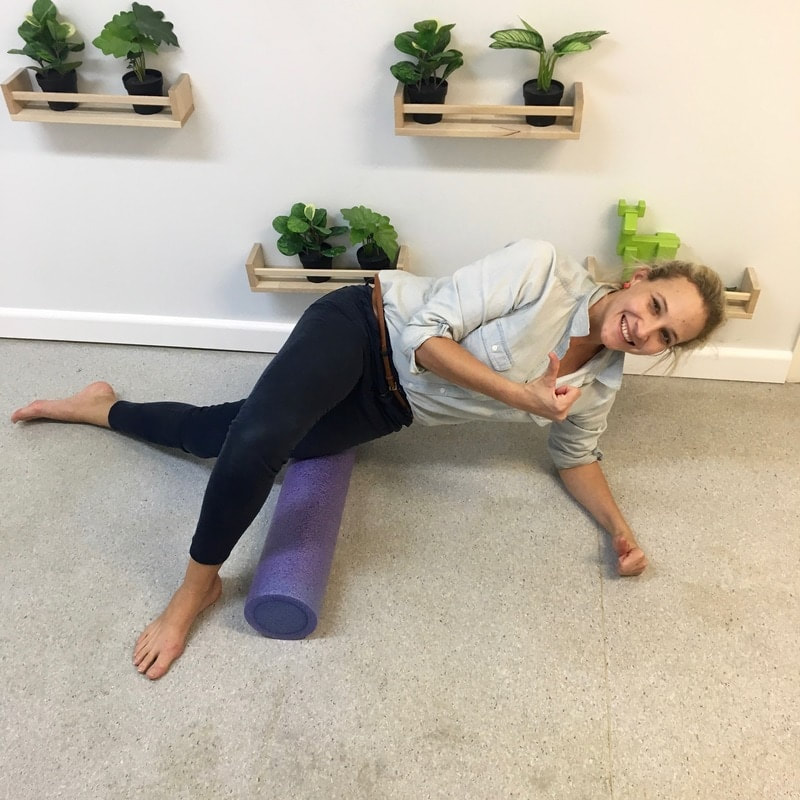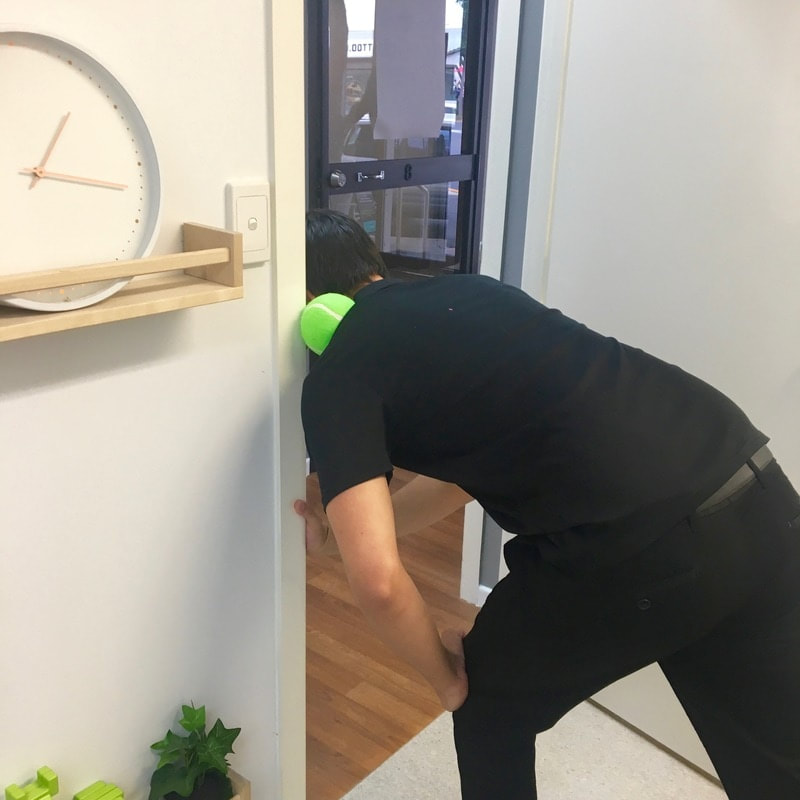Do your hands get sore?" and "Is that a knot” are the two most common questions get asked by our massage clients. So we thought it best to clear it up for once and for all!
A knot is what a remedial massage therapist would call a trigger point.An area of tight tissue in a muscle where the muscle fibres are in a contracted state (bunched together). By massaging, dry needling or trigger pointing this area not only are you helping to stretch out these contracted areas of a muscle, you are breaking up adhesions that form in the fascia (connective tissue that holds muscles together) of a muscle. What should a feel like?Normal healthy muscle tissue feels supple and elastic, and should be uniform in consistency. On the other hand, a dysfunctional or 'knotted' muscle will have a thicker, ropey consistency. What is commonly referred to as a knot, a massage therapist would call a trigger point. What can you do? Trigger points can be treated to relieve muscle tightness and discomfort - just know that in doing so it can cause a small amount of local, referred or radiating pain. When treating a Trigger Point you are also treating the connective tissue around all the muscle fibres called myofascia. (Think that filmy stuff on the outside of a raw chicken breast! That's fascia and it every where on the inside and outside of your muscles!) The myofascia, or muscle fascia, is a film of connective tissue that envelops all muscles, compartmentalising the soft tissues of the body and gives shape to the body. As such, if the fascia is damaged or dysfunctional it can restrict or inhibit the movement and contractile force of the muscle it envelops and cause reduced gliding with neighbouring tissues and structures. How can you treat it?
As to the other question 'Do remedial massage therapists hands get sore?' Not really! We learn early on how to use our body behind our techniques to take the pressure off your hands. However if you have a really long day, back-to-back (treating particularly stubborn muscles) it is common to find the ol' massage therapist hands feeling a little tender! By Shane Asmussen & Kat Murray Qualified Remedial Massage Therapists References:
Athletico (2017). Physical Therapy. www.athletico.com Finando, D. & Finando, S. (2005). Trigger Point Therapy for Myofascial Pain. Simon and Schuster. Clay, J.H. (2008). Basic Clinical Massage - Integrating Anatomy and Treatment. Lippincott Williams & Wilkins. Myofascial Pain and Dysfunction: The Trigger Point Manual, Vol. 1 - Upper Half of Body David G. Simons, Janet G. Travell, Lois S. Simons Comments are closed.
|
AuthorKat Murray, Archives
May 2024
Categories
All
|




 RSS Feed
RSS Feed